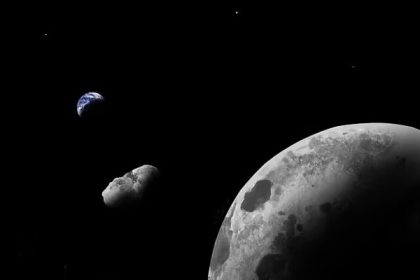In January of this year, we saw the companionship of four planets in the night sky, and Venus, Mars, Jupiter, Saturn, Uranus and Neptune came together, and Mercury is now set to join this crowd and witness a four -planet cooperation. Be.
According to RCO News Agency, Seeing several planets in the sky in the sky is not surprising or not even unusual. It is also not surprising to see multiple planets in one line, but the convergence of the planets is one of the phenomena that rarely occurs.
All planets, including the earth, rotate around the sun, and so the planets occupy the same area of the night sky that occupy the sun throughout the day.
The planets are always more or less found along this line, and this is one of the best ways to identify whether you look at a planet or a star in the night sky.
If you look at the sky at night and you can see the luminous point in the sky, think about where the sun was in the day. Isn’t this shining spot close to where the sun was located? So then it can’t be a planet.
Connecting seven planets in February
All of this brings us back to the co -operation of seven planets, which are supposed to stun us in late February, while February 7 is the best time to see the event.

This event, called “planetary parade”, will take place shortly after the sunset February 6, and this will be the last time that this phenomenon will happen. Planetary parades contain four or five relatively regular planets, but the synchronization of 1 or seven planets is rare.
Subsequent synergies of five or more planets will occur in late October and then again in February. But the other seven planets will not happen in the next five years.
The end of the message
(tagstotranslate) Neptune
RCO NEWS

















